Focus on Evidence-Based Practices
The emphasis on evidence-based practices within the healthcare sector is driving the growth of the Applied Behavior Analysis Market. Stakeholders, including healthcare providers and insurance companies, are increasingly prioritizing therapies that demonstrate measurable outcomes. ABA therapy, with its strong empirical foundation, aligns well with this trend, as it is recognized for its effectiveness in treating various behavioral issues. As more research supports the efficacy of ABA, the demand for these services is expected to rise. This focus on evidence-based practices not only enhances the credibility of the Applied Behavior Analysis Market but also encourages ongoing investment in research and development.
Increased Awareness and Education
The growing awareness and education surrounding behavioral health issues are contributing to the expansion of the Applied Behavior Analysis Market. Educational institutions, healthcare providers, and advocacy groups are actively promoting the benefits of ABA therapy, leading to a more informed public. This increased awareness is likely to result in higher demand for ABA services, as families become more knowledgeable about the potential benefits of early intervention. Furthermore, as educational programs for practitioners improve, the quality of services within the Applied Behavior Analysis Market is expected to enhance, attracting more clients seeking effective treatment options.
Government Initiatives and Funding
Government initiatives aimed at improving mental health services and funding for behavioral therapies are significantly influencing the Applied Behavior Analysis Market. Various countries have implemented policies to enhance access to ABA services, recognizing the importance of early intervention for children with developmental disorders. For instance, funding programs and grants are being established to support families seeking ABA therapy. This financial backing not only increases the availability of services but also encourages the development of new treatment modalities within the Applied Behavior Analysis Market. As governments continue to prioritize mental health, the market is expected to experience sustained growth driven by these supportive measures.
Rising Prevalence of Autism Spectrum Disorders
The increasing prevalence of Autism Spectrum Disorders (ASD) is a primary driver of the Applied Behavior Analysis Market. Recent estimates indicate that approximately 1 in 44 children are diagnosed with ASD, leading to a heightened demand for effective therapeutic interventions. As awareness of ASD grows, parents and caregivers are actively seeking evidence-based treatments, such as Applied Behavior Analysis (ABA). This trend is likely to continue, as more individuals are diagnosed and the need for specialized services expands. Consequently, the Applied Behavior Analysis Market is poised for growth, with practitioners and organizations striving to meet the rising demand for ABA services tailored to the unique needs of individuals with ASD.
Technological Advancements in Treatment Delivery
Technological advancements are revolutionizing the delivery of Applied Behavior Analysis services, thereby acting as a catalyst for growth in the Applied Behavior Analysis Market. Innovations such as telehealth platforms and mobile applications are making ABA therapy more accessible to families, particularly in underserved areas. These technologies facilitate remote consultations and real-time data tracking, enhancing the effectiveness of treatment plans. As technology continues to evolve, it is likely that the Applied Behavior Analysis Market will see an increase in service delivery options, ultimately improving client outcomes and satisfaction.


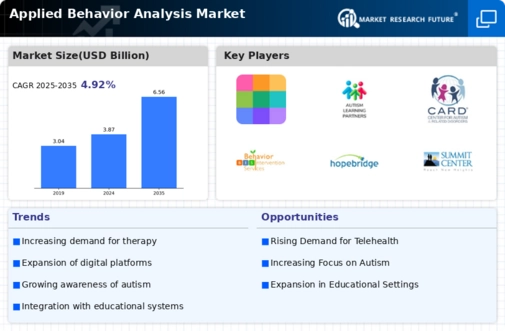
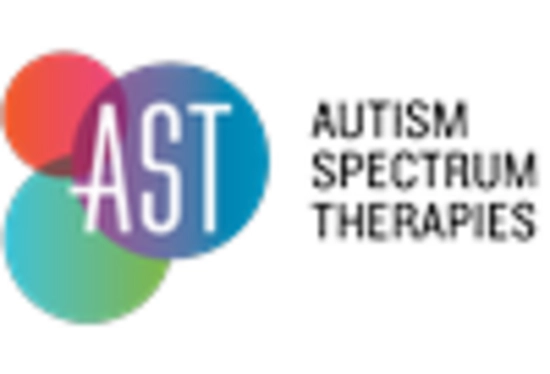

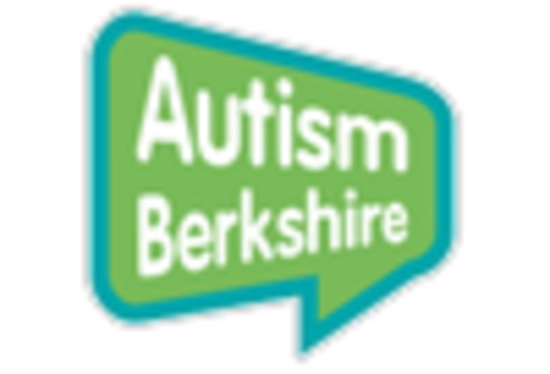
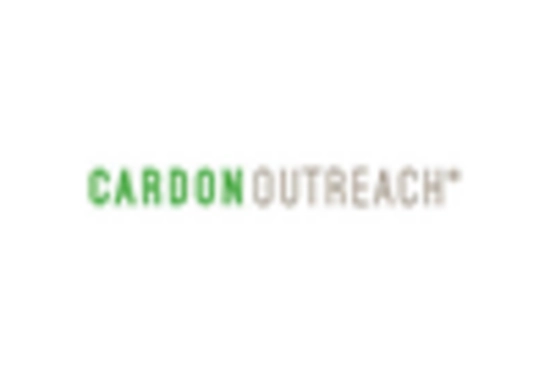
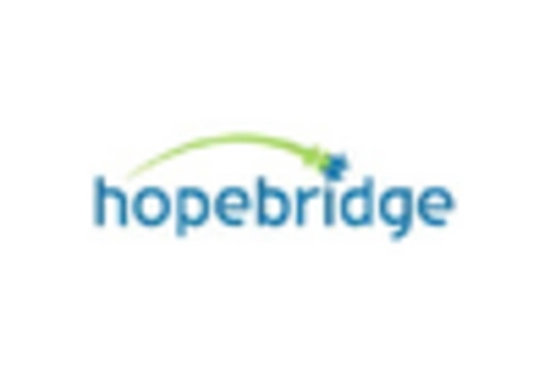









Leave a Comment